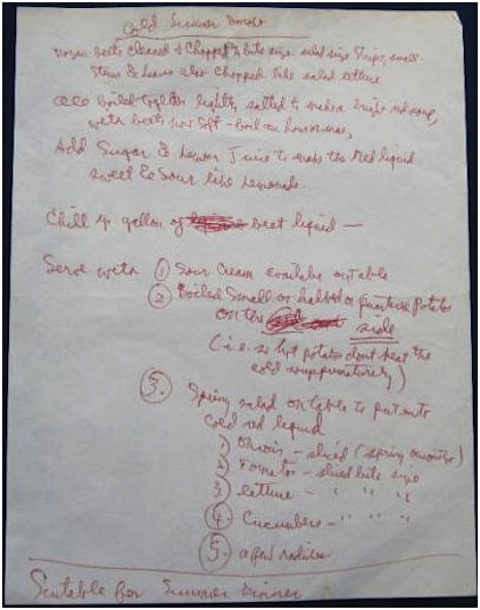Perhaps this will finally get your attention. In Ethiopia, global warming is putting the cultivation of coffee at risk, to the point where the indigenous Ethiopian coffee plant, Coffea arabica, could go extinct within 70 years. That’s no laughing matter, especially if you consider that coffee originated in Ethiopia, and the country remains an epicenter of coffee production today. That’s the depressing … and perhaps motivating … upshot of an otherwise artfully-produced film by The Royal Botanic Gardens (aka Kew Gardens) in England. If you want to dig into the research showing the impact of climate change on coffee, see the report published in November, 2012 called: The Impact of Climate Change on Indigenous Arabica Coffee (Coffea arabica): Predicting Future Trends and Identifying Priorities.
Related Content:
Global Warming: A Free Course from UChicago Explains Climate Change
132 Years of Global Warming Visualized in 26 Dramatically Animated Seconds
The History of Coffee and How It Transformed Our World
This is Coffee!: A 1961 Tribute to Our Favorite Stimulant
Newly added to our list of 750 Free Online Courses:
Introduction to Literature and the Environment — YouTube — iTunes Video — Ken Hiltner, Princeton
How Climate Works — YouTube — iTunes Video — Multiple Profs, Princeton






